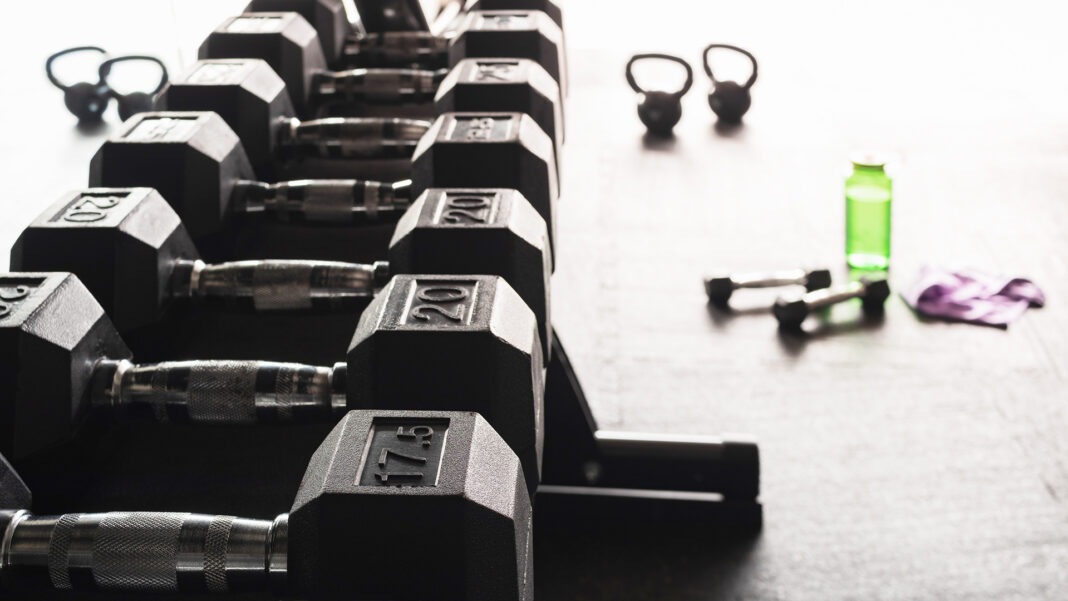Optimal health is a package deal, so it’s important to be aware of how both exercise and diet impact our overall well-being.
Most of us know that strength training (with free weights, weight machines, or resistance bands) can help build and maintain muscle mass and strength. What many of us don’t know is that strong muscles lead to strong bones. And strong bones can help minimize the risk of fracture due to osteoporosis.
A combination of age-related changes, inactivity, and inadequate nutrition conspire to gradually steal bone mass at the rate of 1 per cent per year after age 40.
As bones grow more fragile and susceptible to fracture, they are more likely to break after even a minor fall or a far less obvious stress, such as bending over to tie a shoelace.
Osteoporosis should be a concern for all of us. According to Osteoporosis Canada (https://osteoporosis.ca/) more than 2.3 million Canadians live with the disease and over 80 per cent of all fractures in people over the age of 50 are caused by osteoporosis. Hip fractures are usually the most serious. Of the 30,000 hip fractures occurring annually, 21,000 to 27,000 are caused by osteoporosis. Twenty-two per cent of women and 33 per cent of men who break a hip will die within one year. One in three will re-fracture within a year.
Numerous studies have shown that strength training can play a role in slowing bone loss, and several studies confirm it also builds bone. This is tremendously useful to help offset age-related declines in bone mass. Activities that put stress on bones can nudge bone-forming cells into action. That stress comes from the tugging and pushing on bone that occurs during strength training (as well as weight-bearing aerobic exercises like walking or running). The result is stronger, denser bones.
Strength training has bone benefits beyond those offered by aerobic weight-bearing exercise. It targets bones of the hips, spine, shoulders and wrists, which are the sites most likely to fracture. What’s more, resistance workouts — particularly those that include moves emphasizing power and balance — enhance strength and stability.
The World Health Organization (WHO) recommends that adults should do at least two days a week of strengthening activities at a moderate or greater intensity that involve all major muscle groups.
Strength training is critical for health and longevity. It will improve your longevity in the sports you love doing by preventing injury and keeping you active longer, but it also improves longevity – keeping you alive longer.
A new study that originally started in 1993 with over 100,000 men and women between the ages of 55-74 showed that doing both types of exercise, aerobic exercise and strength training, is best.
The participants reduced their risk of premature death by 41 to 47 per cent when they met both recommendations for aerobic and strength training from the WHO. While the researchers found that doing one or the other type of exercise also reduced the risk of premature death, the biggest return on your activity investment comes with both.
Not doing any strength training now? This may be a good time to start. Start with bodyweight exercises and progress as you get stronger. Find your favourite workout with Canada’s Top Fitness Trainers.
You may also like: Boosting Your Exercise Performance and Recovery

















